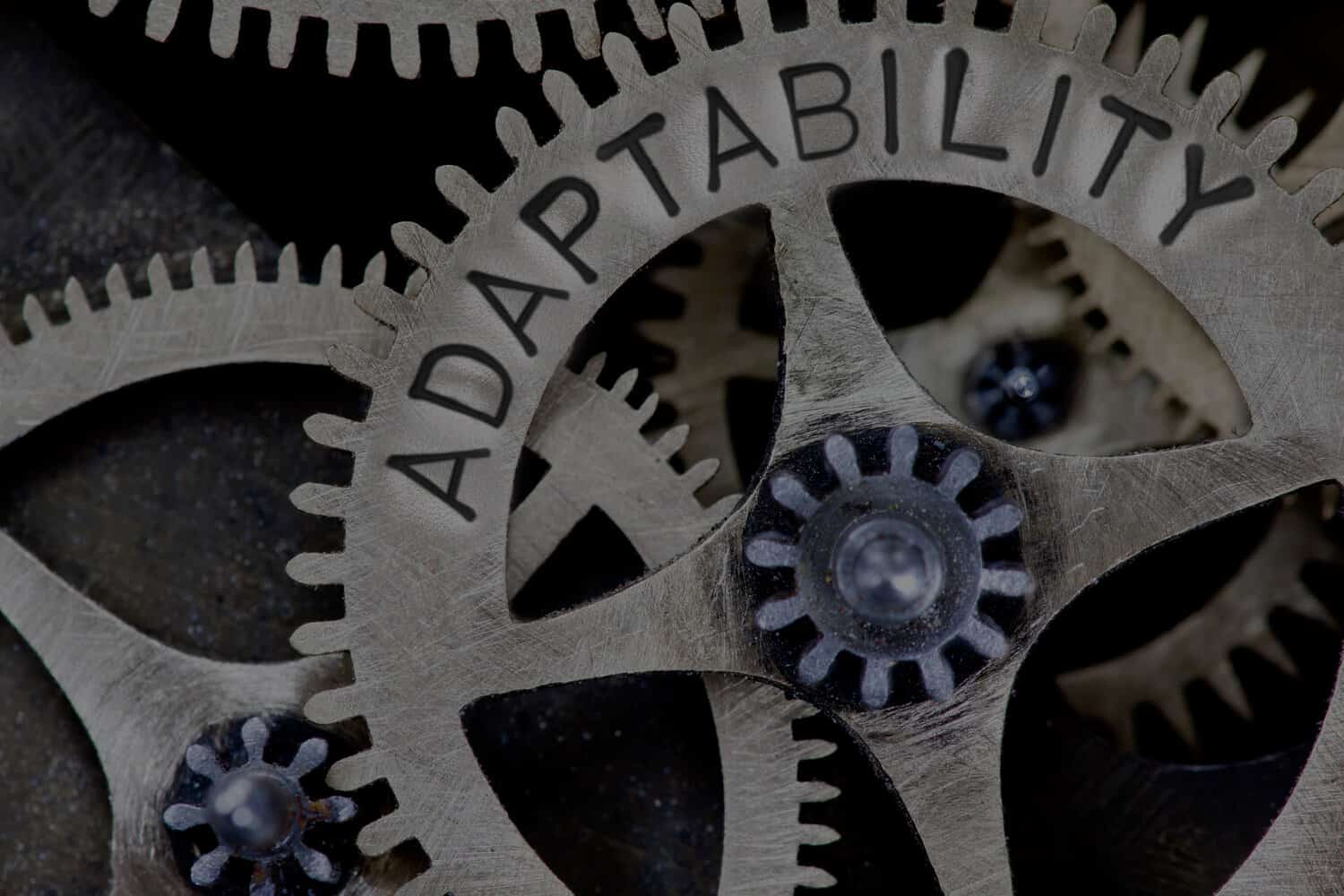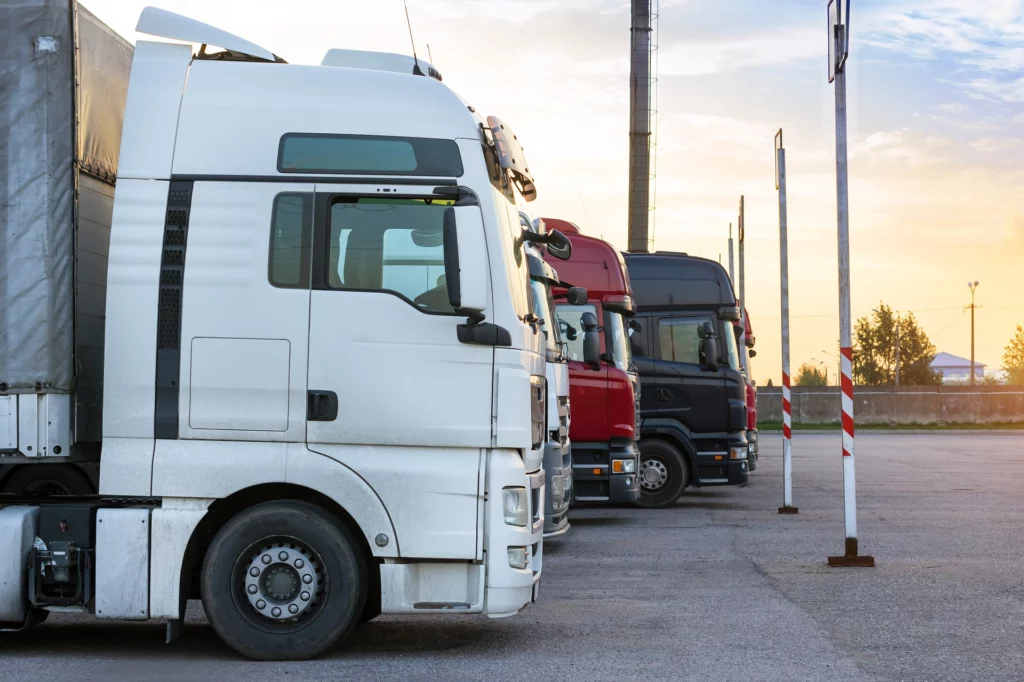
Adaptability & Creativity: The Most Important Attributes of Last-Mile Operations in 2020

Wise Systems
Adaptability & Creativity: The Most Important Attributes of Last-Mile Operations in 2020

Wise Systems

We’ve all learned a great deal this year about every aspect of our lives. Sadly, those learnings weren’t parsed out over the course of a semester by a thoughtful teacher guiding us through an orderly syllabus. Instead, they were delivered via firehose.
The good news is that humans are uncanny in their ability to navigate change — overnight if necessary. We’ve rapidly reorganized the way we live, work, and educate students. And we’ve discovered that systems, processes, and practices we thought or claimed were fixed are not. Everyone made adjustments to their personal and professional lives to optimize health and safety. Those efforts have included grandparents learning Zoom to stay in touch across long distances, teachers shifting to distance learning in a matter of days or weeks, and companies finding clever ways to keep essential workers safe, while others adjust to remote work where possible. The effort and commitment has been enormous and impressive, and grounded in two themes that apply to last-mile operations: adaptability and creativity.
Perhaps nowhere have adaptability and creativity been more in-demand than in last-mile operations. Before the global pandemic, delivery and field-service fleets were already under enormous pressure to achieve extraordinary levels of customer service and efficiency. Now, they’re being tasked with achieving these goals with extreme fluctuations in order volumes, driver availability, and while implementing new processes and procedures to keep staff and customers safe. The challenge is that some of the systems in use are much less adaptable than the humans that manage them. This is even more true at scale.
So who’s navigated the situation as well as possible? The organizations that are meeting the ever-changing list of daily challenges are the ones with a cloud and mobile technology foundation in place to support them and their drivers. They’ve been able to dynamically adapt to minimize manual work and achieve operational efficiencies, as well.
To give a real world example, an Arkansas-based beverage distributor switched from static, rarely-changing routes to the dynamic model where route plans are refreshed daily to accurately support that day’s delivery volume. Examining data from March 2020 when U.S. Covid cases were surging and lockdowns began, the beverage operation was able to deliver to the same number of customers with six fewer drivers — at the same time reducing time on road by 12-14%, mileage driven by 34-40%, and the cost of routes by 34-38%
For those without comparable platforms, this black-swan event has provided both license and mandate to identify and implement solutions that will support them going forward.
Whether your team moved to dynamic operations or has cleverly used every available resource and strategy to keep solutions viable, your customers are grateful. Prior to the pandemic, most people outside the industry rarely considered last-mile operations. They simply waved to delivery drivers, expected their deliveries to be on time, and never considered the machinery behind that simple-seeming delivery. Those days have changed. Everyone has become keenly aware that last-mile delivery operations have stepped up and made it possible for so many to receive essential goods and services — delivered directly to their front door.





